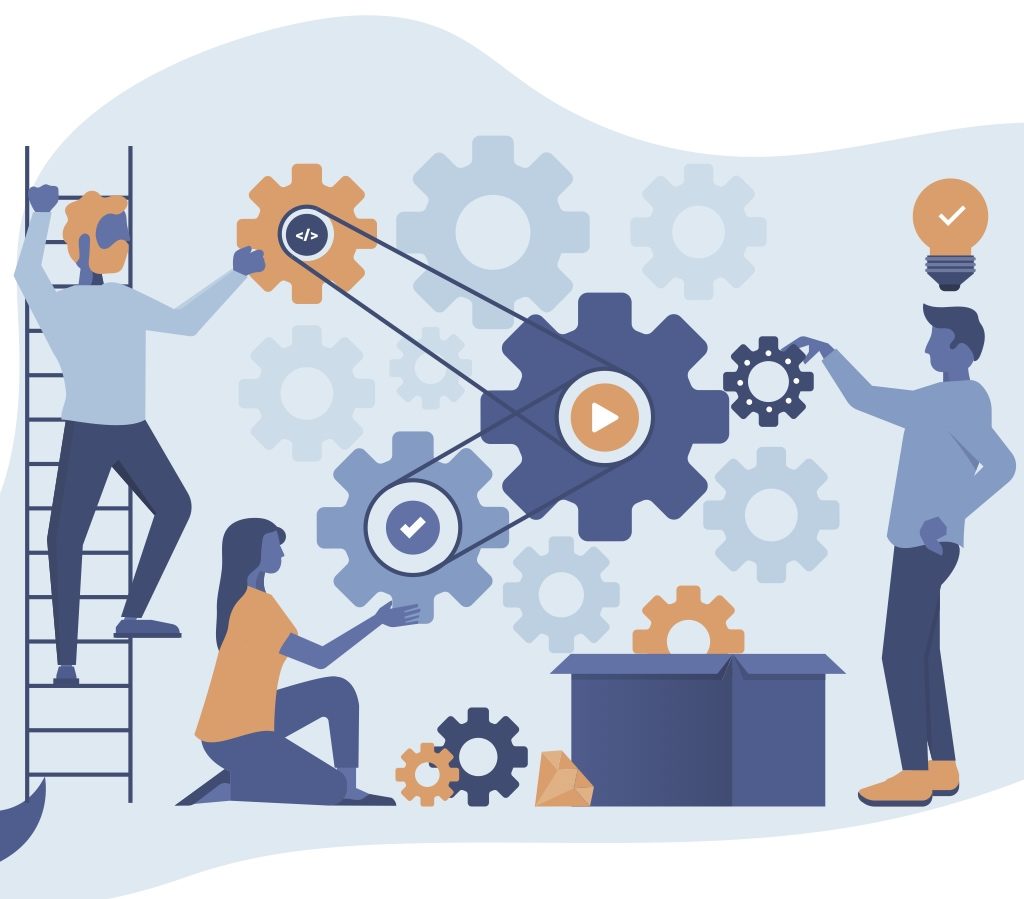Improving Annual Giving & Alumni Relations Collaboration
 Does it ever feel like your institution’s alumni relations and annual giving staff aren’t on the same page? Is there infighting? Do they step on each others’ toes? Disregard each others’ activities? Or, worse yet, do they simply not interact at all?
Does it ever feel like your institution’s alumni relations and annual giving staff aren’t on the same page? Is there infighting? Do they step on each others’ toes? Disregard each others’ activities? Or, worse yet, do they simply not interact at all?
It’s a common problem. In fact, 40 percent of advancement professionals surveyed say that their alumni relations and annual giving teams don’t meet consistently to discuss communication plans. Similarly, 54 percent say their volunteer recruitment and management efforts are not well coordinated. And the problem seems to exist at every level within the organization. Surprisingly, 49 percent report that their alumni boards are not very involved in fundraising.
Sometimes, the problem is organizational. For example, the two departments might be located in different buildings on campus. They might have different reporting lines with different bosses who don’t get along or see eye to eye. Or they might reside within separate organizations entirely—one in an alumni association and the other in a foundation or in some other entity that is legally and fiscally distinct from the school.
Other times, the problem is one of perception. The two teams might simply believe they have different roles to play within the school’s overall advancement effort. Alumni relations teams often think their focus should be limited to engaging former students—measuring their success with such things as event attendance, community service hours, e-newsletter clicks, or social media comments. Annual giving teams, by contrast, often think their focus should be exclusively on fundraising—measuring their success in terms of donor counts and annual fund revenue.
Don’t despair if any of this sounds familiar. There are many ways to encourage these two teams to work together. One approach is to address the issue through the structure of your organization. Some institutions are moving the two teams’ offices closer together so that they are forced to interact. Others are creating senior-level positions (e.g., associate vice president for alumni engagement & annual giving) that oversee both units simultaneously. Many institutions have found that simply including engagement and fundraising expectations in everyone’s job descriptions and performance plans can go a long way toward encouraging collaboration.
But you don’t have to make massive shifts to your organization’s structure to influence its culture. Sometimes simply picking one project that takes into account the goals of both teams can have a big impact. For example, Williams College put together a matching challenge for alumni in which each donor’s gift was increased based on the number of hours they put into community service. For example, a gift of $50 by a donor who logged 4 hours of community service would be matched by a multiplier of 4 to result in a $200 gift to the school. Although the initial goal of the campaign was to acquire new donors, it ended up having a positive impact on alumni engagement and goodwill, boosted donor retention, and even helped to secure some leadership gifts that were used for the challenge funds.
Encouraging collaboration between your alumni relations and annual giving teams may seem daunting at times, especially if making structural changes at your institution isn’t feasible. Even if the teams haven’t collaborated in the past, they can share expectations and plan activities that have positive outcomes for both teams. Ensuring that your advancement teams work together may seem like a challenge, but the benefits are worth the effort.

AGN Members receive unlimited access to our resources, discounts, and other benefits. Click here to learn more.
Want to stay up-to-date on best practices in annual giving? Click here to follow AGN's Page on Linkedin!
